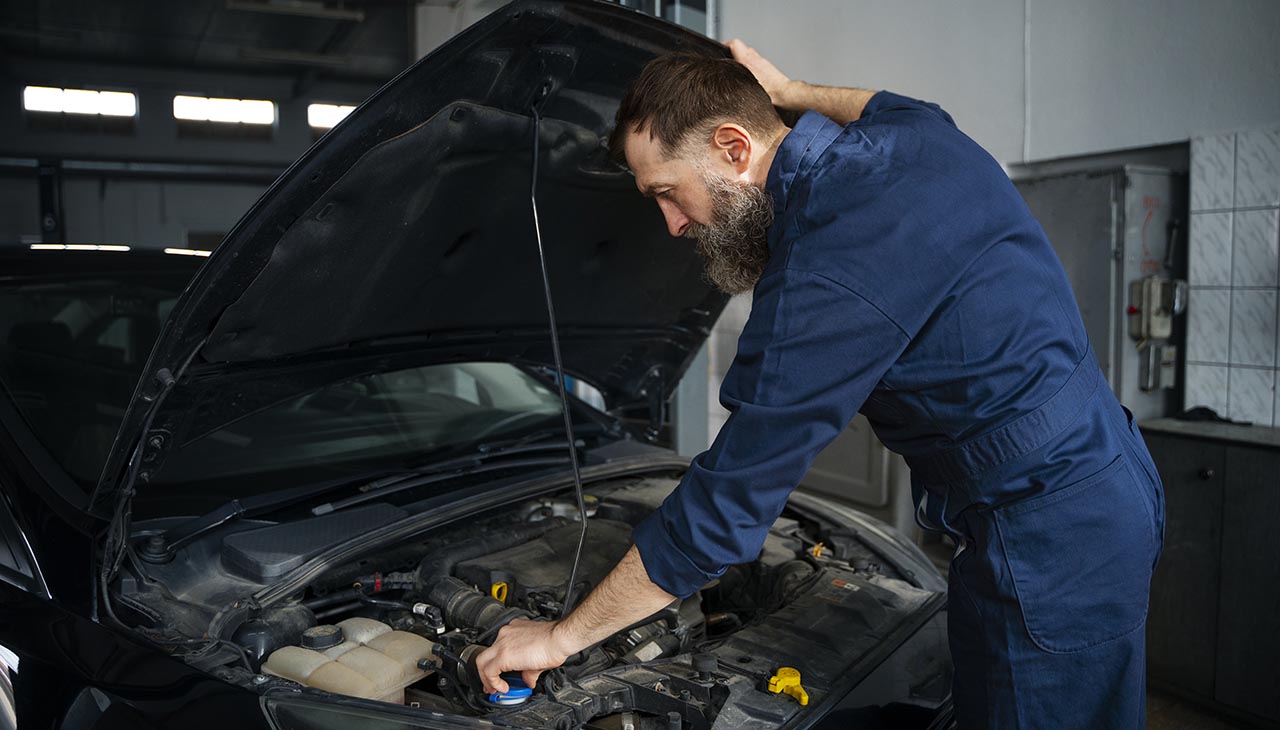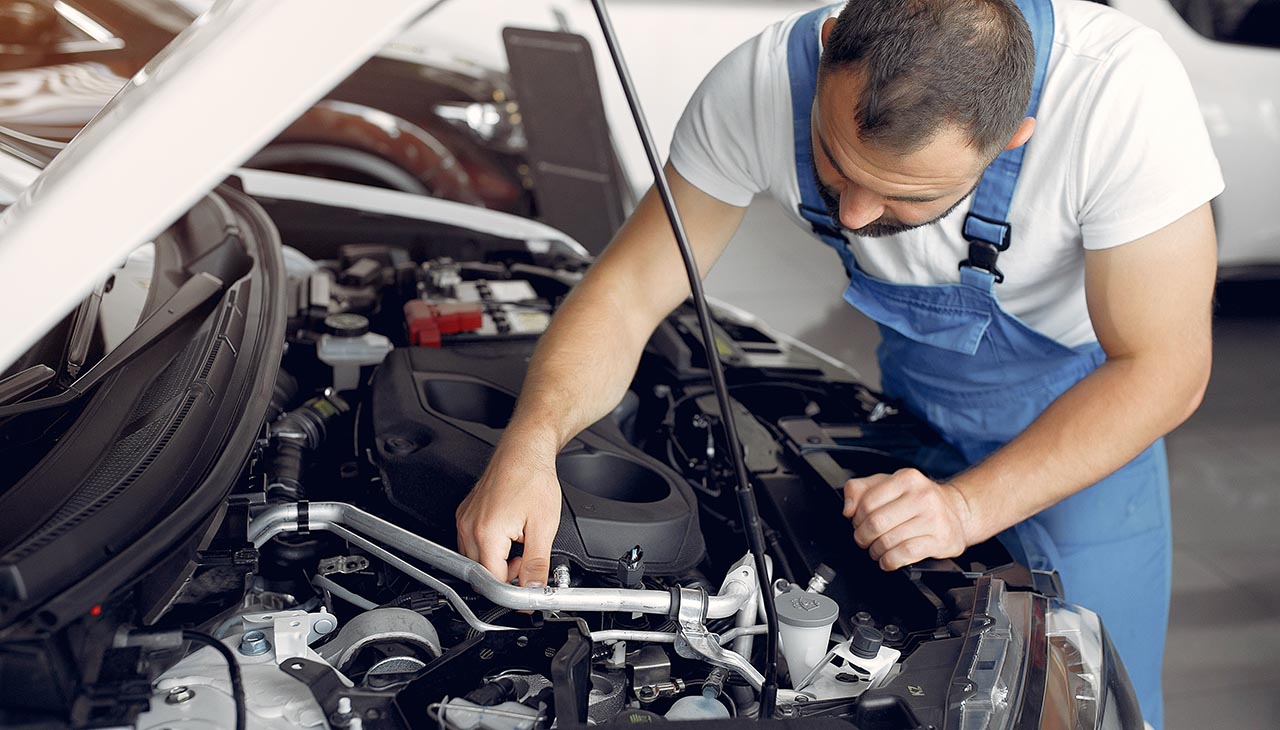Buying a used car can be an economical choice for many, but it often comes with its own set of challenges, particularly when it comes to maintenance and repairs. Common issues can range from minor annoyances to significant problems that can impact the vehicle’s performance and safety. This guide aims to address some of the most frequently encountered issues in used cars, providing practical advice to diagnose and resolve these problems. Whether you’re dealing with engine troubles, electrical glitches, or wear and tear on the vehicle’s body and interior, understanding these common issues will help you make informed decisions and keep your used car running smoothly.
Pre-Purchase Inspection
Conducting a thorough pre-purchase inspection is paramount before buying a used car. It not only unveils potential problems that could incur hefty repair bills down the line but also provides bargaining power in negotiations, potentially saving you hundreds, if not thousands, of dollars. A comprehensive inspection should encompass both a physical examination and a road test to assess the vehicle’s condition accurately. Here is a checklist of key areas to inspect:
- Engine Health: Check for leaks, odd noises, and the general condition of the engine. Inspect the oil and coolant levels to ensure they are within the proper range and look clean.
- Transmission: Both manual and automatic transmissions should shift smoothly without hesitation or strange noises. Pay attention to any signs of slipping or delayed engagement.
- Brakes: Inspect the brake pads and discs for wear. Ensure there is no pulsating or squeaking noise when braking, which indicates the brakes are in good working order.
- Suspension: Listen for noises or excessive bouncing when driving over bumps; this could indicate worn shocks or struts.
- Electrical Systems: Test all the electrical components, including headlights, taillights, dashboard indicators, windows, and air conditioning, to ensure they work correctly.
This checklist serves as a starting point for a pre-purchase inspection. However, considering the complexity of modern vehicles, hiring a professional mechanic to conduct the inspection is highly advisable. Their expertise can uncover hidden issues, providing a clear picture of the car’s condition and helping you make an informed decision.
Engine Problems
Identifying and addressing engine problems early can significantly prolong the lifespan of a used car. Common engine issues include overheating, oil leaks, and knocking sounds, each with its unique set of troubleshooting steps.
- Overheating: Overheating can be caused by a variety of issues, ranging from a malfunctioning radiator fan or thermostat to a leak in the cooling system. If you notice the temperature gauge climbing, pull over safely and turn off the engine to avoid further damage. Check the coolant level and the condition of the radiator hose. Do not open the radiator cap while the engine is hot to prevent burns from steam or hot liquid. If the problem persists, seek professional help, as overheating can cause severe damage to the engine.
- Oil Leaks: Oil leaks not only pose a fire hazard but can also lead to engine damage if ignored. To troubleshoot, start by identifying the source of the leak. Check the oil pan seals, valve cover gaskets, and oil filter for any signs of wear or damage. If you can’t find the source or if the repair involves replacing major seals or gaskets, it’s time to consult a professional mechanic. Regularly check your oil level to ensure your engine is not running low on oil due to a leak.
- Knocking Sounds: A knocking sound from the engine often indicates premature wear of internal parts or the use of incorrect fuel grade. To address this, first, make sure you are using the correct octane fuel for your vehicle. If the problem is not fuel-related, the knocking could be due to worn bearings, piston slap, or other internal issues that require an engine teardown or rebuild by a professional.
In all cases, regular maintenance and prompt attention to any signs of trouble can prevent small issues from becoming major problems. However, some engine problems are complex and risk causing further damage if not properly addressed, making professional diagnosis and repair crucial.
Transmission Troubles
Transmission issues can significantly impact the driving experience and overall performance of a used car, manifesting in various forms such as slipping gears, delayed engagement, or unusual noises during gear shifts. These symptoms can indicate that the transmission is under stress or starting to fail.
- Slipping Gears: If the transmission slips between gears while driving or pops back to neutral unexpectedly, it could be a sign of wear and tear on the transmission’s internal components or low transmission fluid levels. Slipping gears can lead to a lack of acceleration and reduced vehicle performance.
- Delayed Engagement: A noticeable delay when shifting from park to drive or reverse could indicate a problem with the transmission. This is often accompanied by a notable surge in RPMs on the dashboard.
- Unusual Noises: Listen for any unfamiliar whining, clunking, or humming sounds while driving. These noises can occur in both manual and automatic transmissions and may signify low fluid levels or internal damage.
Solutions:
- Check Transmission Fluid Levels: One of the first steps to address transmission problems is checking the transmission fluid. The fluid should be at the correct level and maintain a clean, bright red color. Dark, dirty, or burnt-smelling fluid can indicate internal issues and the need for a fluid change or flush.
- Consult a Mechanic: Due to the complexity of modern transmissions, consulting a professional mechanic is advisable for a comprehensive diagnosis. A mechanic can use specialized tools to assess whether the problem is mechanical, related to the transmission fluid, or possibly the result of a computer system issue.
Addressing transmission issues promptly can prevent further damage and costly repairs. Regular maintenance checks and immediate action upon noticing signs of trouble are crucial to prolonging the lifespan of your used car’s transmission.
Electrical System Malfunctions
Electrical system malfunctions in used cars can range from minor annoyances to major problems that affect the vehicle’s safety and usability. Key electrical issues to watch out for include faulty wiring, dead batteries, and malfunctioning lights, which can significantly impair the car’s performance and the driver’s experience.
- Faulty Wiring: Over time, a car’s wiring can become damaged due to wear, corrosion, or rodents. Symptoms of faulty wiring include flickering lights, non-operational accessory components, or erratic behaviors when using electrical features. Inspecting the wiring for visible signs of damage and securing all connections can help, but due to the complexity of automotive electrical systems, it’s often best to consult with a professional mechanic for diagnosis and repair.
- Dead Batteries: One of the most common electrical issues is a dead battery, which can prevent the car from starting. Factors contributing to battery failure include age, cold weather, and leaving lights on when the engine is off. Testing the battery with a voltmeter will help determine if it needs charging or replacement. Regular battery checks and maintaining clean terminal connections can extend battery life.
- Malfunctioning Lights: Headlights, taillights, and interior lights that malfunction are not only inconvenient but also a safety hazard. The problem can stem from various issues, such as blown bulbs, bad fuses, or electrical shorts. Replacing bulbs and inspecting fuses are straightforward tasks; however, more complex problems may require an expert’s attention to avoid misdiagnosis or further damage.
Solutions:
- Testing the Battery: Regularly test the battery’s voltage to ensure it operates within the correct range. A battery typically lasts between 3 to 5 years; however, extreme temperatures and frequent short trips can shorten its lifespan.
- Inspecting Fuses: A blown fuse can be the cause of electrical problems affecting specific parts of the car. Inspect the fuse box and replace any blown fuses. It’s advisable to keep spare fuses in your vehicle for convenient replacement.
- Seeking an Expert’s Opinion: For complex electrical issues, such as intermittent faults or when you’ve ruled out the simple causes, seeking an expert’s opinion is crucial. A certified mechanic or an automotive electrician can offer a comprehensive diagnosis and suggest the appropriate repairs, ensuring the car remains reliable and safe to drive.
Addressing electrical system malfunctions promptly can help prevent minor issues from escalating into major repairs, ensuring the vehicle remains operational and safe.


